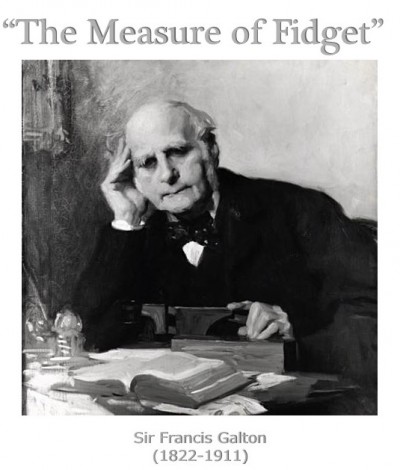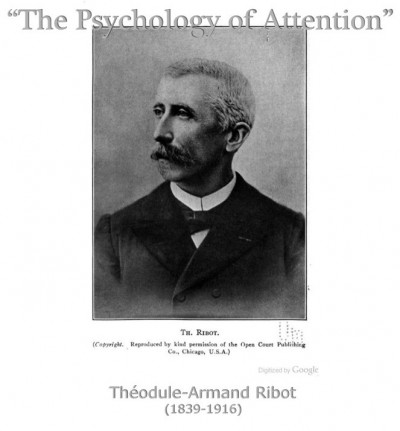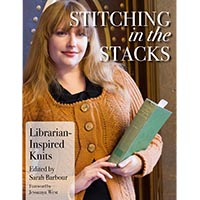Chapter 2.4—The Fidget Factor
We left off last time on this happy note:
In order to fully understand this, it helps to see what would happen without the knitting.
What happens to a mind if it doesn’t have something automatic to do with (for lack of a better way to put it) its hands?
What if someone can’t or doesn’t yet knit or crochet or doodle?
What then?
Way back in 1885, a researcher named Galton wrote a paper called “The Measure of Fidget.”
When I learned this I was gobsmacked. People fidgeted back in 1885?! Or more accurately, I thought that since Huck Finn fidgeted, talking about—much less researching—such a thing would have been far too gauche for a proper researcher back then.
Boy, was I wrong.
In 1890, a different researcher, Théodule-Armand Ribot wrote that “the fundamental role of movements [used to keep a person paying] attention is to maintain the appropriate state of consciousness and to reinforce it” (p25).
Movement is used to maintain and reinforce our ability to pay attention!
So, I ask:
When you are not knitting, crocheting, doodling—or engaging in some sort of automatic movement—do you fidget?
(Or I should say, do you fidget too? Because I sure do!)
In 1885 fidgeting was already something researchers noticed was a “thing” and wanted to study. To do this, they observed people in the audience at a really boring performance and they found that when the people did, indeed, get bored they started to notice their physical discomforts and would start to scratch and move and wiggle (not unlike Huck Finn, come to think of it).
The fidgeting was annoying to those around them, sure, but it evidently allowed those poor bored souls to keep paying attention to what they were watching.
The researchers also found that when something interesting happened on stage, the audience fidgeting stopped.
This made me nervous.
If I told friends, family, bosses about this research, were they just going to stare me down and say, “Oh great, so you knit because I bore you?”
But that isn’t it.
That isn’t it at all.
There’s more…
For years children (and adults) have been told to STOP FIDGETING!
But it isn’t the conscious mind doing it.
It’s not defiance, not a choice.
Instead it’s been the human body—the autonomous self—screaming out loud all this time:
“I have a lot to do and think about but I want to pay attention!
If you make me stop moving I won’t be able to pay attention,
but I want to, and I don’t want to be rude!”
or,
“the humidity is dripping misery down my back and
it’s taking every ounce of superhuman strength I can muster
to sit here and pay attention!”
And recently researchers have found exactly this—that Fidgeting is associated with attention and not behavior—that means you can’t unlearn how to fidget.
It’s autonomous.
It’s how we’re wired.
Are you Bored?
Is your mind-wandering?
Then go ahead and fidget to keep in the moment.
Or Try knitting!
6 Comments
Trackbacks/Pingbacks
- 371b – A Conversation – Herland | CraftLit - […] Eugenics (oh Galton —Lord of the Cognitive Anchoring Fidget—We hardly knew ye) […]


















A phrase came to mind – kinesthetic learning style. Maybe we all have a little bit of that in us…
That’s a really good point. I’ve always thought that crafty folks were paradigms of the Multiple Learning styles. I know I’m visual and kinesthetic for many things.
I REALLY love this! I was such a fidgeter as a kid that I spent more time in the hall than in class, but over time I figured out ways to fidget that weren’t so disruptive to my peers (I’m a doodler, which still is taken as not paying attention, but I know I am). When my kids came along and I started recognizing their genetic link to me, we decided to homeschool. This could not have been a better way to allow all that “fidgeting” and still learn. 🙂
I’ve found a number of papers all saying “parents, teachers, and therapists all know how important doodling/fidgeting are and that it all indicates that MUCH MORE is going on in the mind” but neurologists (post 1885-90) haven’t spent much ink on this–until the last few years!
Thank goodness!!!
I had a light bulb moment when looking at the top picture of Sir Francis. I wondered if smoking and other addictions can be related to this need we have to become anchored-to quell the fidgets. I think it goes way beyond the need to have knitting accepted in meetings and classrooms.
Oh!
I think you’re right!
I know there’s not only the nicotine issue, but also the psychological “having something to do with my hands” issue–that has to be part of the Fidget, doesn’t it!
A friend of mine learned to knit specifically to stop smoking.
Ha!
Genius you!